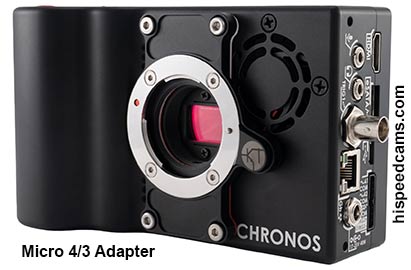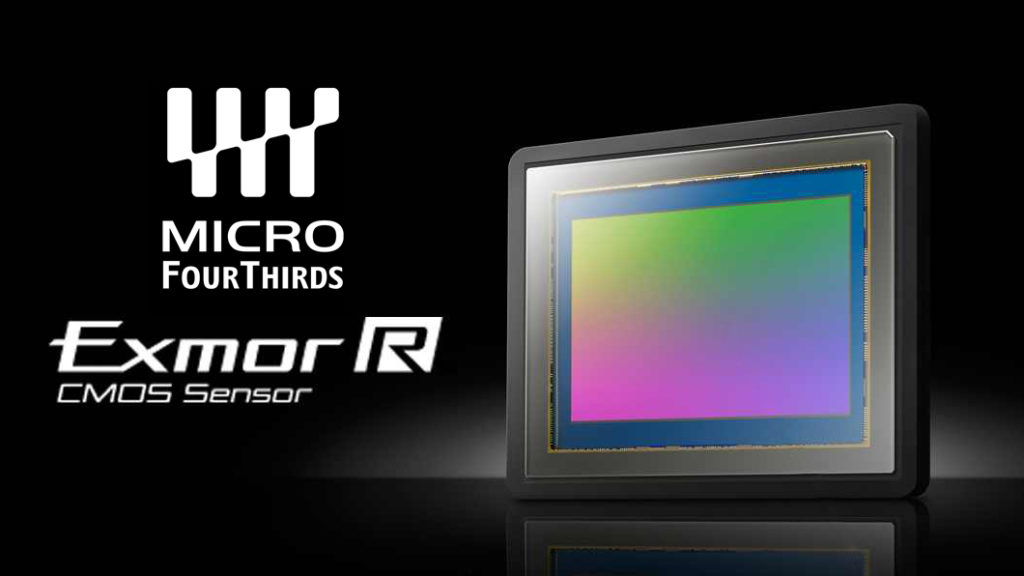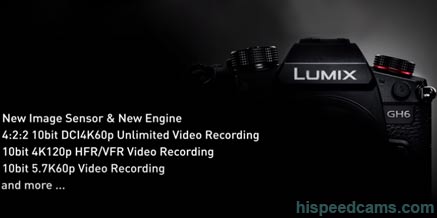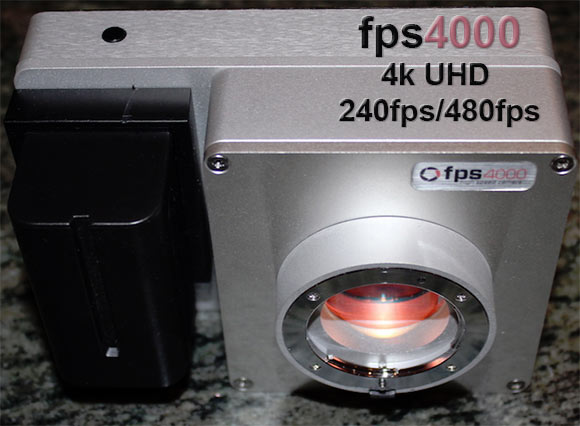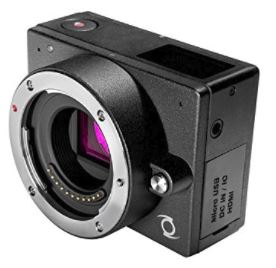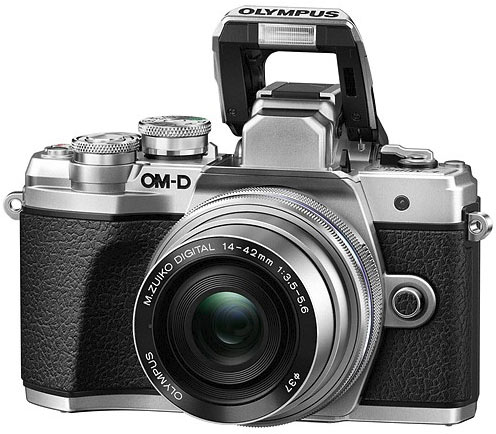Warning: The parent company of FPS cameras “The Slow Motion Camera Company Ltd.” went out of business and entered liquidation proceedings. No further development of cameras is expected. More information here on Google Search!
It’s been a while since we’ve covered the fps4000 camera mainly due to development time taking longer than initially estimated. However, Graham Rowan the engineer behind the camera has now posted the first 4k 480fps footage shot in RAW on the fps4000 camera which uses a sophisticated memory arrangement on the onboard super-fast flash RAM to be able to record lengths of time unimaginable before on slow motion cameras at high resolution.
This camera is a very different kind of technology from regular high-speed cameras that record to volatile DRAM. The fps series records to flash chips that are soldered to the mainboard and allow a variety of frames rates and resolutions depending on the sensor used but all is saved on the flash memory as a non-volatile stream of data. Modern SSD chips are so good at re-allocating reading and writing bits that the life of the components is now measured in decades of regular use instead of a few years. The fps4000 is using this technology fully to enable memory bandwidth magnitudes greater at a significantly reduced cost.
fps4000 first 480fps 4k Footage:
First UHD video from the fps4000
3840 x 2160 resolution
480 frames per second
The Blue & Yellow Macaw video above shows the quality you can expect from full RAW DNG capture on the fps4000 camera at it’s higher-spec of 1280GB SSD £5,000 British Pounds plus Shipping and taxes. The fps4000 in 4k is also sold as a 1/2 speed 250fps maximum 4k UHD camera with 640GB SSD at a lower price of £3,500 British Pounds plus Shipping and taxes. You can clearly see the 4/3 sensor used is delivering excellent quality even with 3.9µ pixels. Notice the 720 version on the same sensor size has a 13.5µ pixel size which should prove to be outstanding in low light.
Also, note that the camera is able to record 60 full seconds of slow motion at 4k UHD 480p full resolution. This type of recording length is unmatched in any professional high-speed camera solution. We have only seen this type of rec length on custom lab camera systems and it usually involved a fast SSD disk array with fiber channel connections.
Here are the fps4000 configurations:
The lens options are varied with the Micro 4/3 mount as you can use any m4/3 adapter to Canon, Nikon, Minolta, Pentax, and other systems.
We should be able to test a review fps4000 unit in the not so distant future. Shooting 4k 480fps will create a mountain of data that will probably need an expanded drive array. The quality, however, will be worth every bit of space. -HSC
For more information on the fps4000 line of cameras and an order page you can go to the official website at: https://www.slomocamco.com/cameras/
→ Continue Reading Full Post ←

